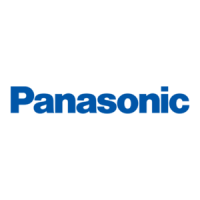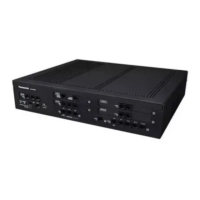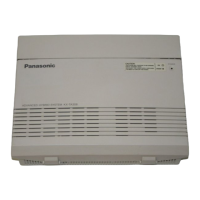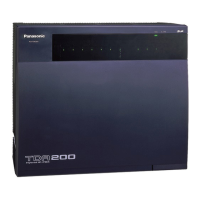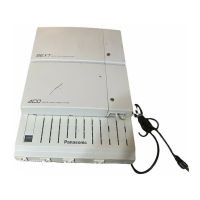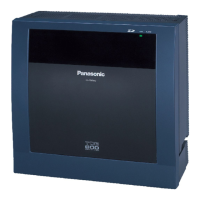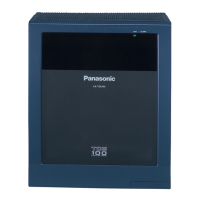Explanation:
As shown in the CDPG table above, CDPG 1 consists of Port 1 of the first card and Port 1 of the second card.
When "1023-456-7890" (leading number: 10) is dialed:
The leading number (10) is
searched for in the Hunt Pattern
Table.
CDPG 1 is the 1st priority
CDPG.
The call is routed to
Port 1 of the first card.
The call is rerouted to
Port 1 of the second
card.
Port 1 of the first card
is busy.
Port 1 of the second
card is available.
The call is
answered.
If all the ports belonging to CDPG 1 are busy, the call is rerouted to the lowest-numbered available port
belonging to CDPG 4, which is set as the second priority for this leading number.
Installation Manual References
KX-NCP500/KX-NCP1000
3.4.1 Virtual Cards
KX-TDE100/KX-TDE200
3.4.1 Virtual Cards
KX-TDE600
3.4.1 Virtual Cards
PC Programming Manual References
3.7 [1-1] Slot—Port Property - Virtual IP Gateway Port
3.13 [1-1] Slot—Shelf Property - Virtual IP Gateway—Hunt Pattern
Feature Manual References
13.1.26 Private Network Features—VoIP (Voice over Internet Protocol)
3.1.3 Caller ID
Description
The
PBX
can
receive
Caller ID information (a caller’s name and telephone number) from calls received on CO
lines. This information can be shown on a proprietary telephone (PT) display when receiving a call and can be
used to direct calls from specific callers to specific destinations automatically. Additionally, Caller ID information
is logged in the Incoming Call Log of the extension which received the call, allowing the caller to view a record
of incoming calls or make a call to a person in the call log later.
The PBX can be programmed to modify a caller’s telephone number when it is received and, for example, add
a CO Line Access number or add/delete certain digits of incoming telephone numbers automatically. This
allows an extension user to be able to make a call later to a telephone number logged in his or her call log
without worrying about CO Line Access numbers, area codes, etc.
Note
• The term "Caller ID"
used in this Feature Manual refers to features that can receive caller information
sent from the telephone company and received on analog, ISDN, and T1 lines. Your network provider
may use a different name for this type of service.
34 Feature Manual Document Version 2013-05
3.1.3 Caller ID

